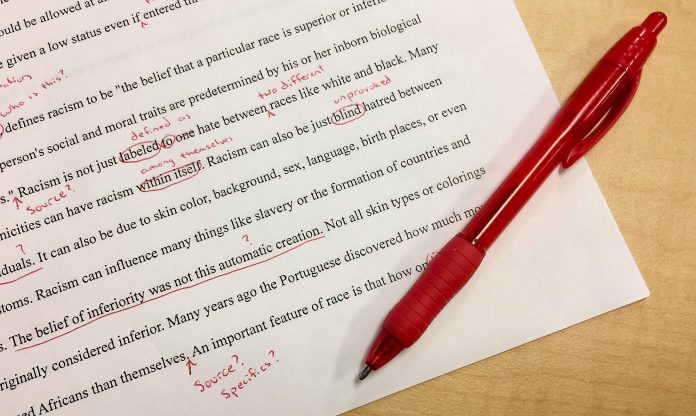
In a post on Writer Unboxed, Liza Nash Taylor shares tips and tricks for editing and revisions from some top writers.
Janet Fitch (White Oleander) – “I think in terms of revision ‘layers’. First layer, the scenes—making sure each scene has a change, that something has good and truly happened, and the POV character can’t go back to the way it was before. Second layer, I check the senses—am I embodying the story, using all the senses, every page? I make sure the WHERE is firmly established and continues to be refreshed. Third layer, the polishing. I make sure every sentence sings—checking the verbs for specificity and flavor, that the language has texture or ‘crunch,’ and that there’s variety in sentence length and structure.”
Jane Healey (The Secret Stealers) – “In the first round of revisions, I do what I think of as a ‘macro’ review and question every chapter, every scene and every event and ask myself, does this chapter/scene/event matter enough to remain in the story? Does it advance the narrative or shed light on character enough that it deserves to stay in the novel? And if it doesn’t, I take it out (always saving it somewhere else just in case). And then the next round is the micro review – more of a line by line review of exposition, dialogue etc. to make sure that I’m not talking down to readers in any way – I’m not repeating things they already know, or annoying them with details they don’t need to know.”
Jacquelyn Mitchard (The Good Son) – “I revise my drafts as I go along, so that when I finish the first iteration, it is as close to ‘perfect’ as I can make it…Mostly, what I look for are any obvious repetitions of events and for excessive words. I also encourage myself to be patient with setting a scene, because I tend to include too few details. I also strive to eliminate excessive conversation, as I can go on forever with dialogue and use it as a crutch.”
James Wade (Beasts of the Wild) – “I try not to repeat a two-dollar word. I try to limit my two most-used descriptors– ‘some’ and ‘great.’ Lastly, I try to make the tone/voice/pacing of the manuscript sound halfway consistent. That’s the toughest part, because my brain doesn’t operate on a consistent baseline. When I come to the desk each day, I’m in different moods, I’m influenced by different things. If I go a few days without writing, I might not see everything the exact same way I did last time I was on the page. So, a final quality alignment check is invaluable.”
Nash’s process includes multiple passes, each one checking on different elements: sensory detail, overused words, names and pronouns, vague verbs, grammar and spelling, era- and place-specific terms and dialogue.











